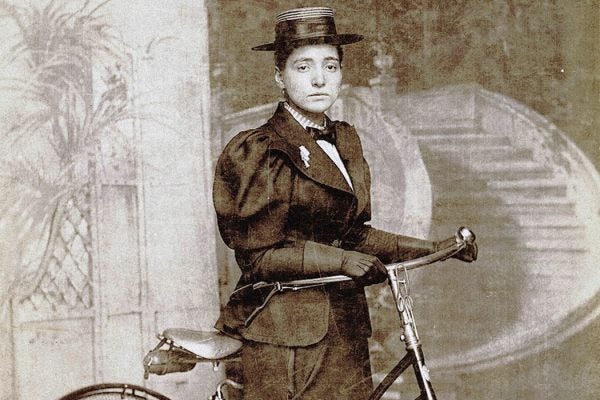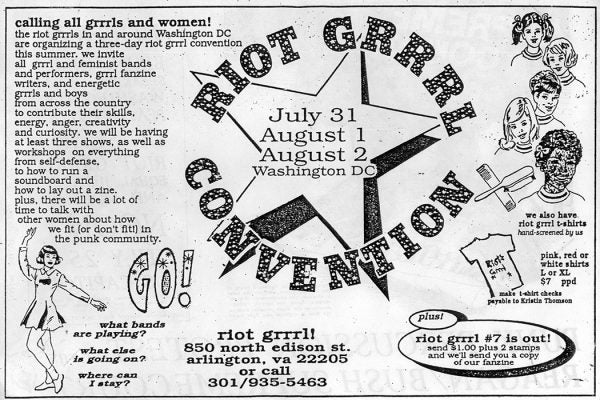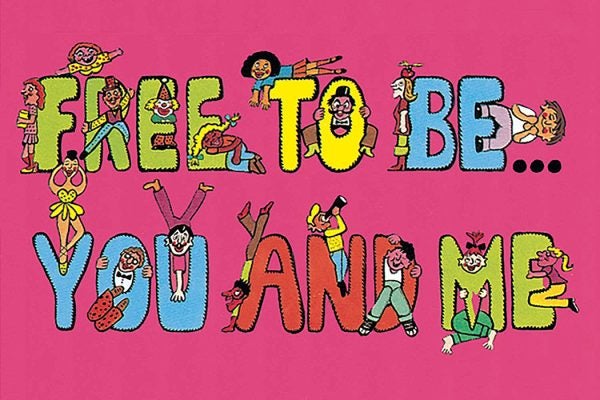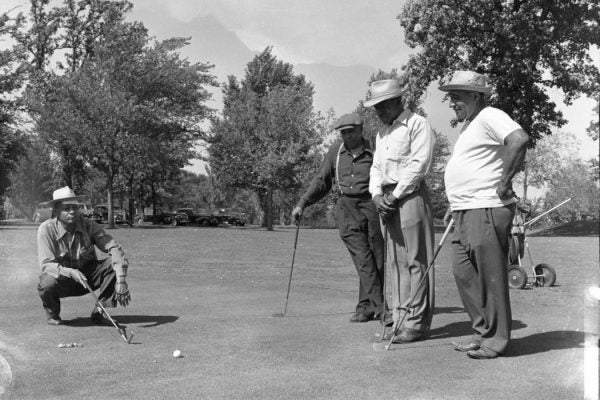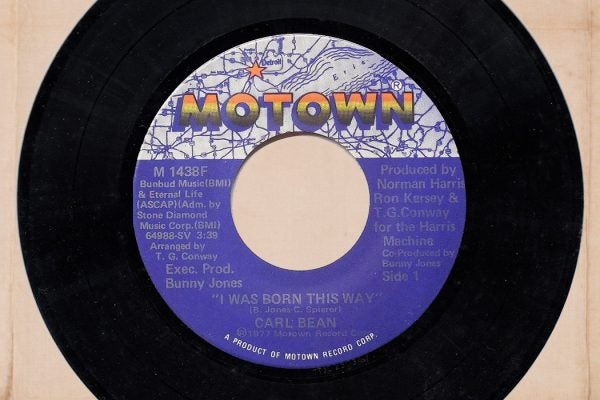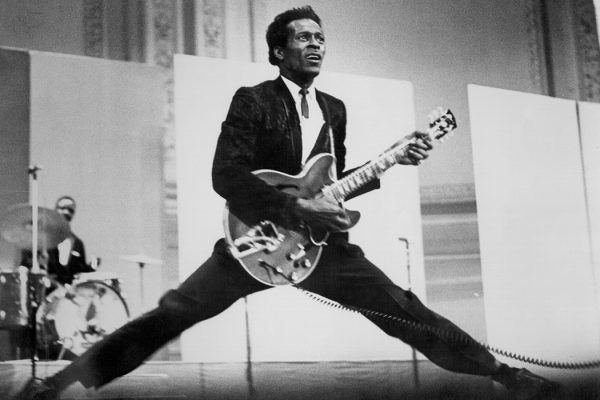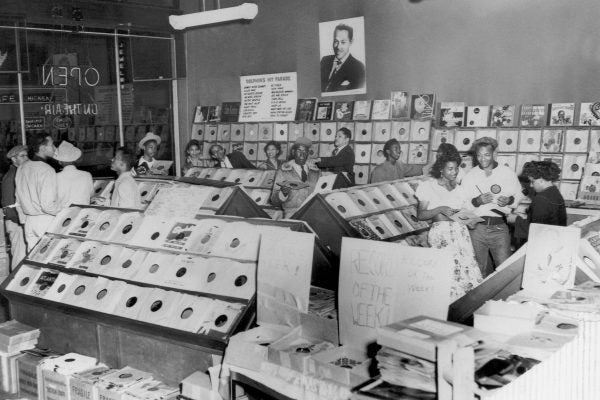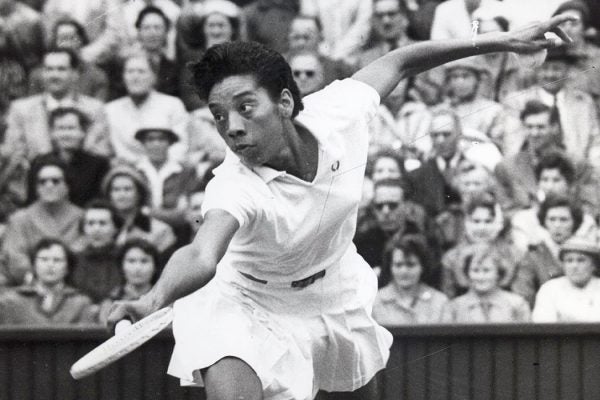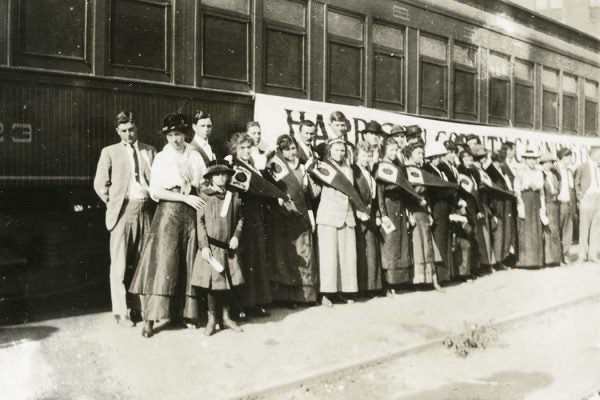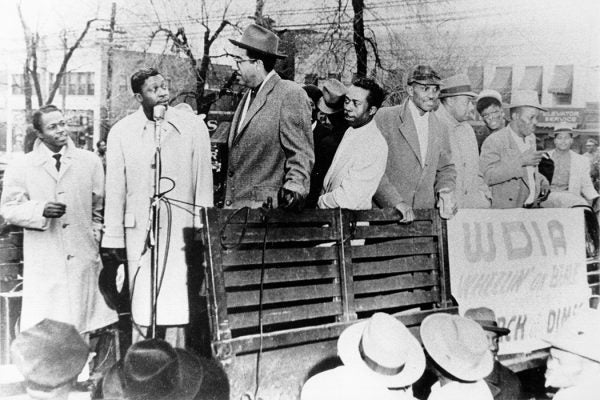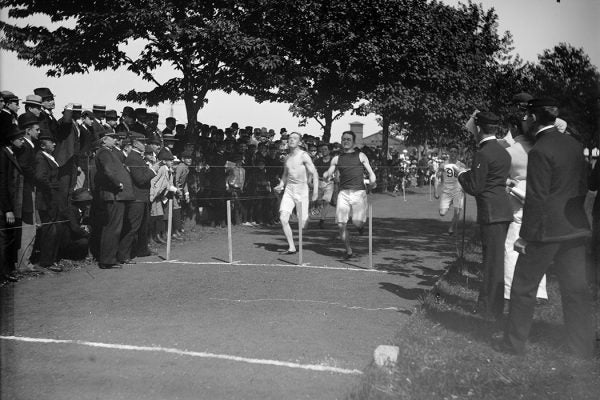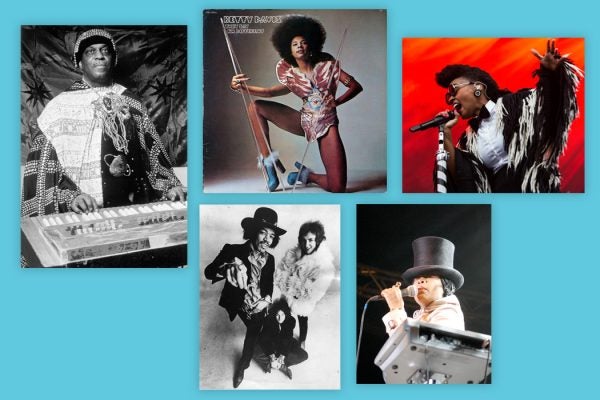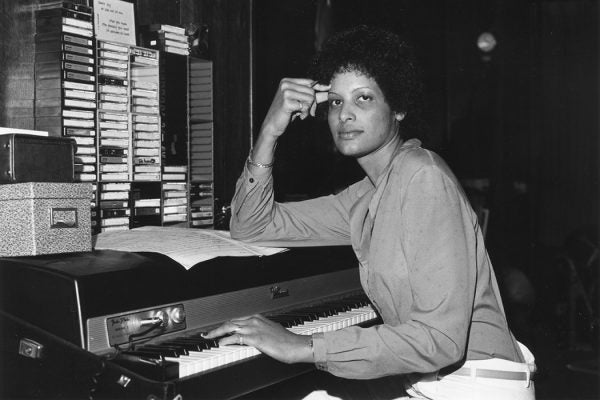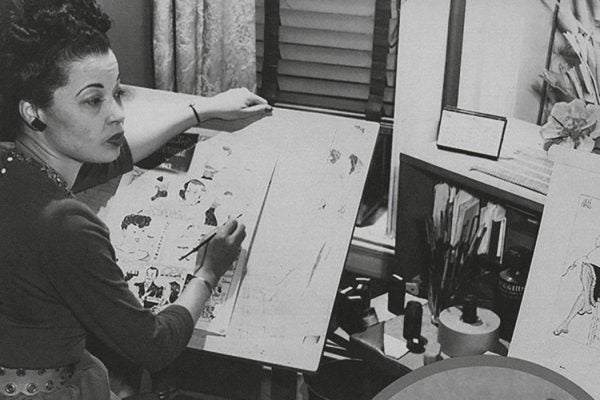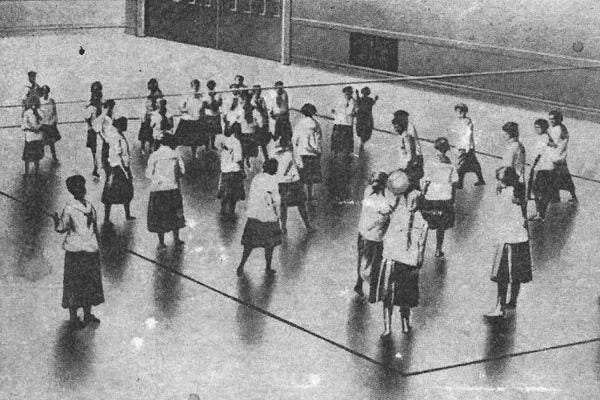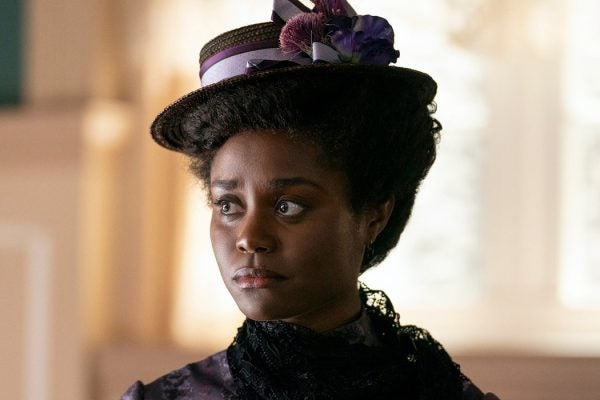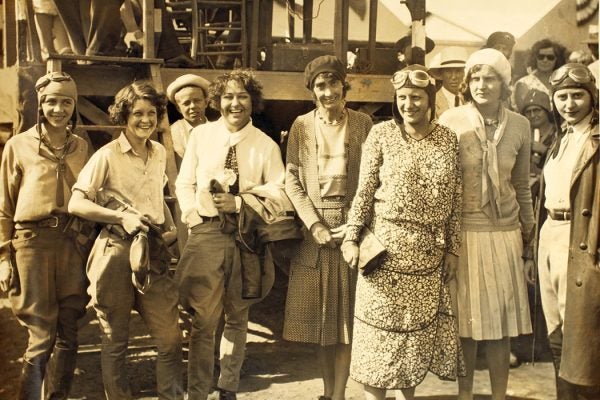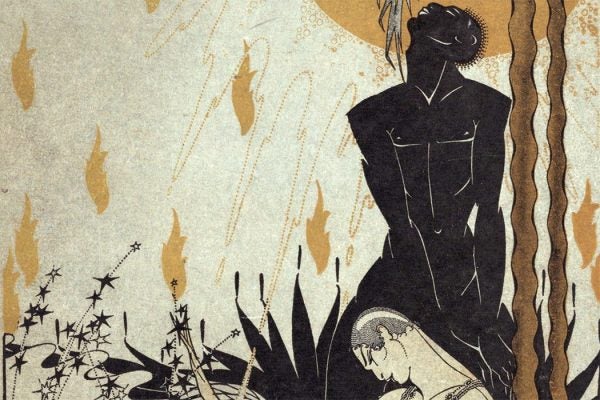The Hunt for the Massachusetts “Wild Man”
In a tale with as many false identities as supposed crimes, investigative reporter Annie “Londonderry” Kopchovsky gets her man (maybe).
The Scholars Charting Black Music’s Timeline: Earl Stewart and Michael Veal
Earl Stewart and Michael Veal explore African American music from the Civil War and the evolving sounds of the Black Atlantic.
Start a Riot (and a Zine), Grrrl
With roots in the small press and fanzine communities, the girl zine movement relied on pen, paper, and copy machines to fight structural oppression.
Don’t Dress Your Whale in Galoshes
Free to Be... You and Me was meant to help rear a generation free of sexist stereotypes. Fifty years on, some of its well-intentioned messages are worn around the edges.
Fairness on the Fairway: Public Golf Courses and Civil Rights
Organized movements to bring racial equality to the golf course have been part of the sport since the early 1900s.
Liberation on the Dance Floor
Motown’s foray into gay liberation music may have been short-lived, but it made an outsized impact on queer culture.
Challenging Race and Gender Roles, One Photo at a Time
Florestine Perrault Collins escaped the bounds of prescribed gender roles and racial segregation to run a successful photography studio in 1920s New Orleans.
Race, Rock, and Breaking Barriers
The rock music industry brought more than a little racism to the radio, but a few artists pushed beyond the boundaries imposed by white audiences.
The Los Angeles Renaissance
Black composers Bruce Forsythe and Claudius Wilson transcended barriers to create concert and classical music during this West Coast art movement.
Serving Goodwill: US Women’s Tennis and Cold War Diplomacy
By dispatching women tennis players on world tours, the US Department of State hoped to garner approval for the American way of life.
Like Tomatoes? Join the Club
Organizers of girls’ tomato clubs hoped that members would learn not only how to grow tomatoes, but how to build a better future for themselves.
How Black Radio Changed the Dial
Black-appeal stations were instrumental in propelling R&B into the mainstream while broadcasting news of the ever-growing civil rights movement.
Professional Running: the Nineteenth Century’s Dirtiest Sport
American racers earned a reputation for deception, and Cuckoo Collins led the pack with an outsize talent for cheating.
The Scholars Who Charted Black Music’s Timeline: Tony Bolden
Tony Bolden explores the spiritual principles that inform the foundation of Afrofuturist music.
Film and TV Ratings in the Streaming Age
We've got Netflix, AppleTV, YouTube, and Prime literally in the palms of our hands. Do conventional movie and television rating systems matter to us?
How an Unrealized Art Show Created an Archive of Black Women’s Art
Records from a cancelled exhibition reveal the challenges faced by Black feminist artists and curators in the 1970s.
The Scholars Who Charted Black Music’s Timeline
Portia K. Maultsby documents the course of African American music, tracing the histories of the sounds alongside the histories of the people who made them.
The Groundbreaking Work of Jackie Ormes
The first Black woman to have a regularly published comic strip, Ormes gave form to the political and social concerns of Black Americans.
Clara Gregory Baer and the “Lost” Sport of Newcomb Ball
The sport of Newcomb ball was created by Clara Gregory Baer two years before volleyball. Now forgotten, it's a good bet it lives on in the gyms and beach courts of today.
Julia C. Collins & the Black Elite of the Gilded Age
HBO's The Gilded Age has done its homework on Black History, creating a character based upon real life wealthy Black women of the time.
1929 Women’s Air Derby Changed Views On Women Pilots
Women pilots were seen as oddities, opportunists, and "too scatterbrained" to fly. The 1929 All-Woman Air Race set out to change that.
Race and Gender Under the Big Top
The circus provided opportunities to some in the late 18th and early 19th centuries, but could not avoid the racism and misogynoir of the "outside world."
Are Video Games Like Novels?
Video games as interactive storytelling? Maybe not at first glance, but as Eric Hayot explains, the interplay between game and narrative is real.
The Short but Influential Run of Ebony and Topaz
The 1927 art and literature magazine only ran for a single issue, but “proved an integral component of Harlem Renaissance cultural production."
How Film Ads Were Part of the Fight Against Segregation
In the Jim Crow era, Black film theaters were left out of the "first-run" distribution channels. Theater owners used creativity to attract their audiences.

